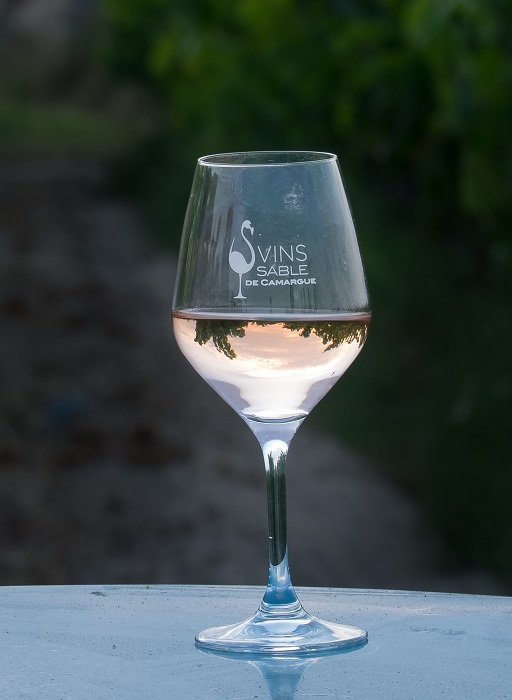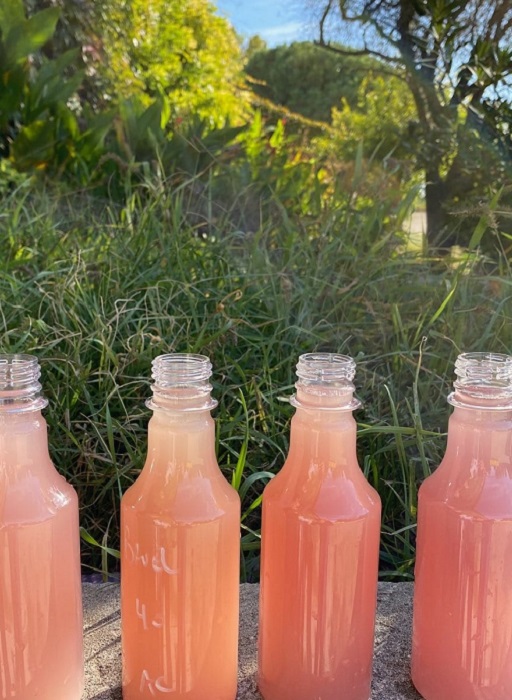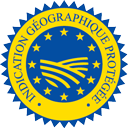The PGI and The Wines
The Wines
The gris, gris de gris and rosé wines, very much in the majority, perfectly reflect the terroir through their pale salmon color, their elegance on the palate and their freshness.
The aromas are expressed with nuance and delicacy, like the surrounding Camargue landscapes
The white wines show the same characteristics, influenced only by the nature of the grape varieties used.
Definition of a PGI
The Protected Geographical Indication was born, like the AOP, from the European desire to extend the system of product identification by origin.
Regulated by the 510-2006 regulation, the PGI distinguishes a product throughout all the phases of development which are not necessarily from the geographical area of the same name but which has a link to a territory and a reputation.
Since August 1, 2009, the PGIs also concern wines. The new common organization of the wine market distinguishes two categories of wines: wines without a geographical indication and wines with a geographical indication. This last category is composed of AOP wines (VQPRD) and PGI wines (formerly country wines or Vin de Pays). Wine IGP so entered the area of competence of the INAO.
The relationship between the product and its origin is less strong than for the AOC but sufficient to confer a characteristic or reputation on a product and thus benefit from the PGI. The geographical area of a PGI is delimited.
The PGI is a collective organization, it is necessarily supported by a federated structure: the Defense and Management Organization (ODG). It represents and gathers together the operators of the PGI product sector. It is the interlocutor of the INAO.
To be marketed, the product under IGP is subject to a mechanism of control.
SIGNS OF IDENTIFICATION OF QUALITY AND ORIGIN INAO
The Range of Colors
In order to produce exceptional wines, the winegrowers of the Sable de Camargue have combined traditional regional grapes with renowned national grape varieties.
The principal grape varieties for the whites are : Chardonnay, Chenin, Clairette, Grenache, Marsanne, Muscat à petits grains, Muscat d’Alexandria, Roussanne, Sauvignon, Ugni Blanc, Viognier (70%).
Secondary grape varieties for the whites: Carignan Blanc, Colombard, Vermentino.
The principal grape varieties for the reds: Cabernet Franc, Cabernet Sauvignon, Grenache Noir, Merlot, Marselan, Syrah, Petit Verdot (70%).
The secondary grape varieties for the reds: Alicante, Aubun, Carignan, Tempranillo.
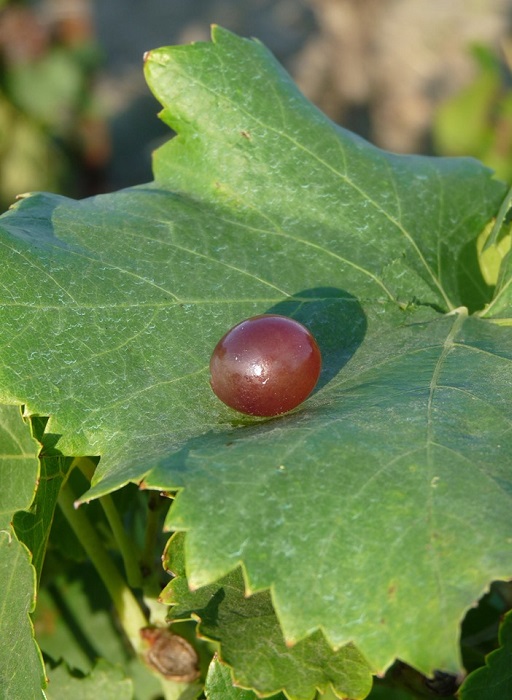
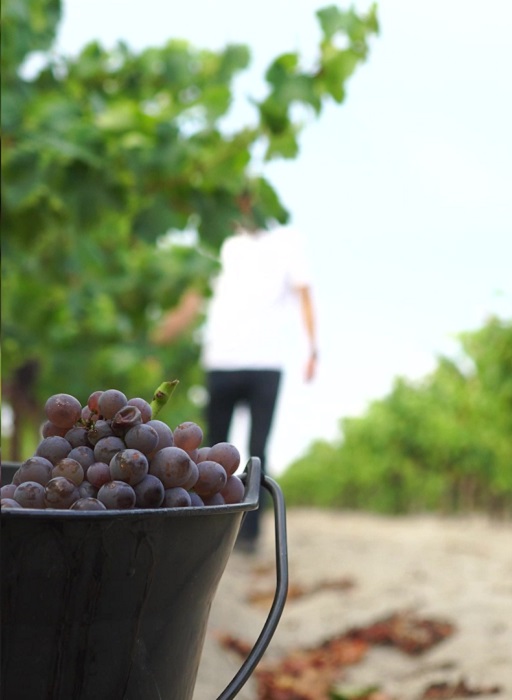
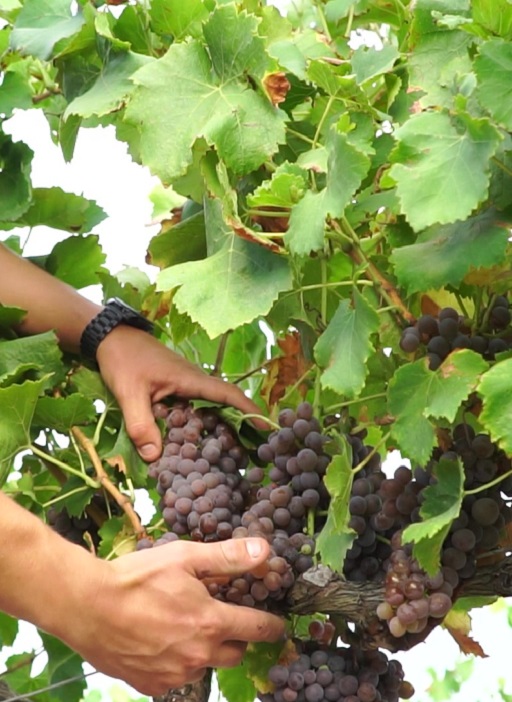
THE MISSIONS OF THE SYNDICATE
In 1971, at the initiative of the winemakers, the “Syndicate for the Defense of the Vins des Sables du Golfe du Lion” was created. The aim was to obtain a decree fixing the conditions of production of the zone.
The syndicate got a positive answer through the ministerial decree of 26 July 1973.
Already known in the fourteenth century, the vineyards of Sables are mentioned in many documents and archives, including letters of patent from Charles VI in 1406 and Charles VII in 1431.
At the 1897 Paris General Agricultural Competition, it is already mentioned “Exploitation de Vignobles de Sables”.
The simple appellation of origin “Vin des Sables” is officially claimed in 1961 and without interruption until 1973, when it is replaced by the denomination “Vins de Pays des Sables du Golfe du Lion” by the ministerial decree of 26 July 1973. The decree of 7 April 1982 wouls specify the delimitation and the conditions of production.
Since then, the Syndicate, known since as “Syndicate for the defense and promotion of Les Vins de Pays des Sables du Golfe du Lion” have the following missions to complete:
- to organize the defense of the interests of the producers of the denomination,
- to create and control the application of the regulations,
- take all initiatives to improve the quality, the maintenance of their reputation,
- to facilitate the promotion of products.
In 2009, the union is recognized as the Defense and Management Organization (ODG) of the IGP Sables du Golfe du Lion and takes on additional missions. It notably works on the respect for operator specifications by creating and doing the internal controls.
Since 2011, at the initiative of the Union, the producers changed their name to PGI wine “Sable de Camargue”.
And since 2013, the union has been applying for recognition in Appellation of Origin (AOP) (AVA). The operators are confident about the outcome of this process, it will uniquely concern Gris and Gris de Gris. The INAO works with us in this process.
In addition to its role of defense, management and control of the PGI Sable de Camargue, the union,works with the producers in communications and promotion operations. For instance : the General Agricultural Competition of Paris, partnership with the city of Aigues-Mortes for many promoting happenings like a stand for the medieval festival of Saint Louis in Aigues-Mortes; the creation of advertising media, billboards, leaflets, promotional films, goodies and press inserts.
The union has also created a GIEE (Economic and Environmental Interest Group) to enhance and develop practices in favor of agro-ecology in the vineyards of the Sables territory, in consultation with the various stakeholders in the area.


